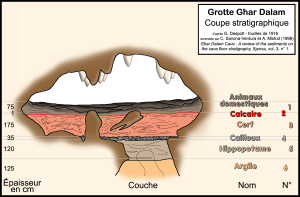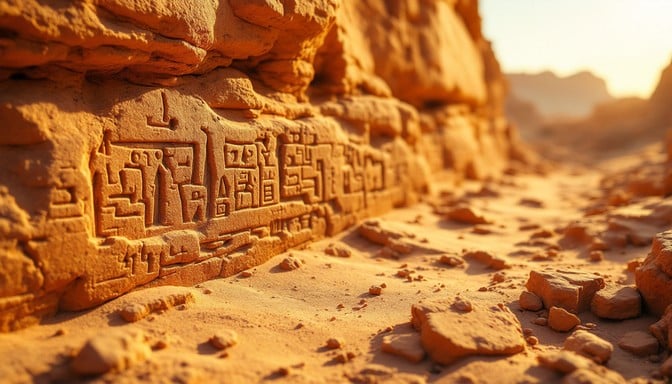Introduction: Uncovering Għar Dalam Cave Malta
Għar Dalam Cave Malta is a site of immense archaeological and paleontological significance. Located in the southern region of the island, the cave contains layers of fossils and human remains that provide clues to the Ice Age migrations and early human activity. Researchers have long studied Għar Dalam Cave Malta to understand how ancient animals and humans inhabited the island.
Ice Age Animal Migrations in Għar Dalam Cave Malta
During the last Ice Age, around 12,000 years ago, Malta was connected to Sicily via a natural land bridge. This allowed animals such as elephants, hippopotami, bears, and deer to migrate south. Fossils preserved in the layers of Għar Dalam Cave Malta show how these species adapted to the island’s environment and provide insight into the region’s changing climate.
Evidence of Early Humans
Excavations at Għar Dalam Cave Malta have also revealed human remains, including molars that might belong to Neanderthals. These discoveries suggest early humans may have shared the island’s freshwater sources with large mammals. Scholars continue to debate whether the remains indicate long-term habitation or were transported naturally into the cave.
Geological Layers and Preservation
The sedimentary layers in Għar Dalam Cave Malta preserve both fossils and environmental evidence. Repeated floods and river activity contributed to the deposition and preservation of bones. These layers offer a timeline of the island’s prehistoric landscape and demonstrate how climate and natural events influenced animal and human survival.

Human Presence and Neanderthal Debate
Excavations at Għar Dalam Cave Malta have also uncovered human remains, including molars that may belong to Neanderthals. These discoveries suggest that early humans, possibly Neanderthals, were present on the island and interacted with the same water sources and habitats as large mammals. Scholars continue to debate whether these remains indicate Neanderthal habitation or were transported by natural processes.
Geological Context and Ancient Insights
The stratification of Għar Dalam Cave Malta provides a timeline of environmental changes. Layers of sediment indicate repeated flooding and river activity, which helped preserve both animal and human remains. These geological insights make Għar Dalam Cave Malta not only a site of paleontological interest but also a critical window into how climate and geography shaped early life on Malta.
Conclusion: The Enduring Mystery of Għar Dalam Cave Malta
Għar Dalam Cave Malta continues to fascinate researchers, offering evidence of ancient animal migrations, early humans, and the island’s evolving landscape. Each fossil and sediment layer adds to the story, painting a vivid picture of Malta’s prehistoric past. Future studies may reveal even more about how these ancient communities survived and adapted.
Internal Links:
-
The Mystery of the Malta Cave: Għar Dalam Cave Malta The Mystery of Ancient Bones – Ancient360
- Graham Hancock – Dossier Malta Neanderthal
Outbound Links:
-
The National Geographic – The Quaternary Period
-
Journal of Royal Anthropological Institute – Neanderthal Men in Malta
- Times of Malta – The Magic and Mystery of Ghar Dalam





